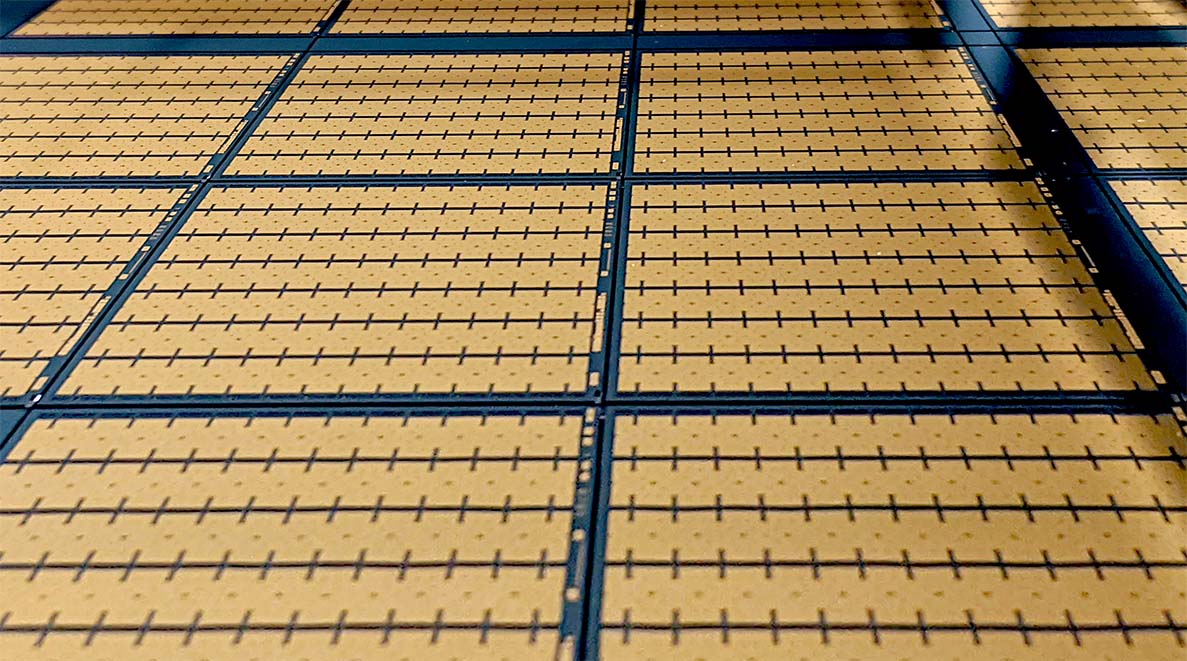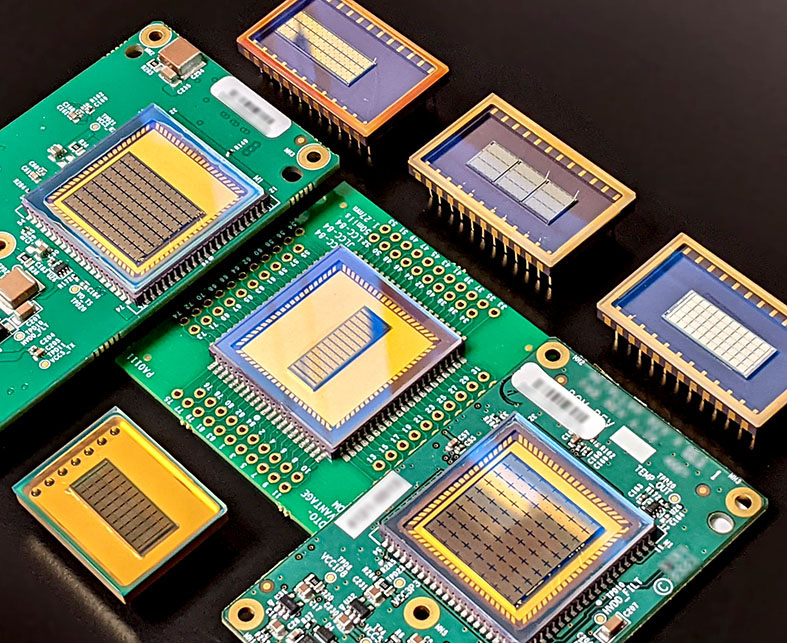Large-Aperture MEMS Mirrors
for LBS, OCS, and LiDAR
Our patented Synchronization Technology couples many tiny mirrors into a single large effective aperture—delivering stability and reliability that monolithic designs struggle to match.
QSM-2D — Quasi-Static for OCS
Two-axis quasi-static control using four synchronized comb-actuator groups—improved reliability, vibration robustness, and fast settling for optical circuit switching.
See details.
IFM — Imaging/Display (LBS)
Synchronized mirrors with a large effective aperture—stable patterns at display refresh rates and compatibility with high-brightness multi-mode laser diodes.
See details.
QSM-1D — Quasi-Static Positioning
Hold-still beam steering with fast step/settle and repeatable pointing; scalable to larger apertures.
See details.
ISM — LiDAR and General Scanning
Large-aperture resonant scanners for fixed-frequency scanning and sensing. Tested to automotive-style regimes (shock, vibration, temperature, humidity… See our technology).
See details.
• Foundry Standard Process
• Automotive-grade reliability
• Support Customization


